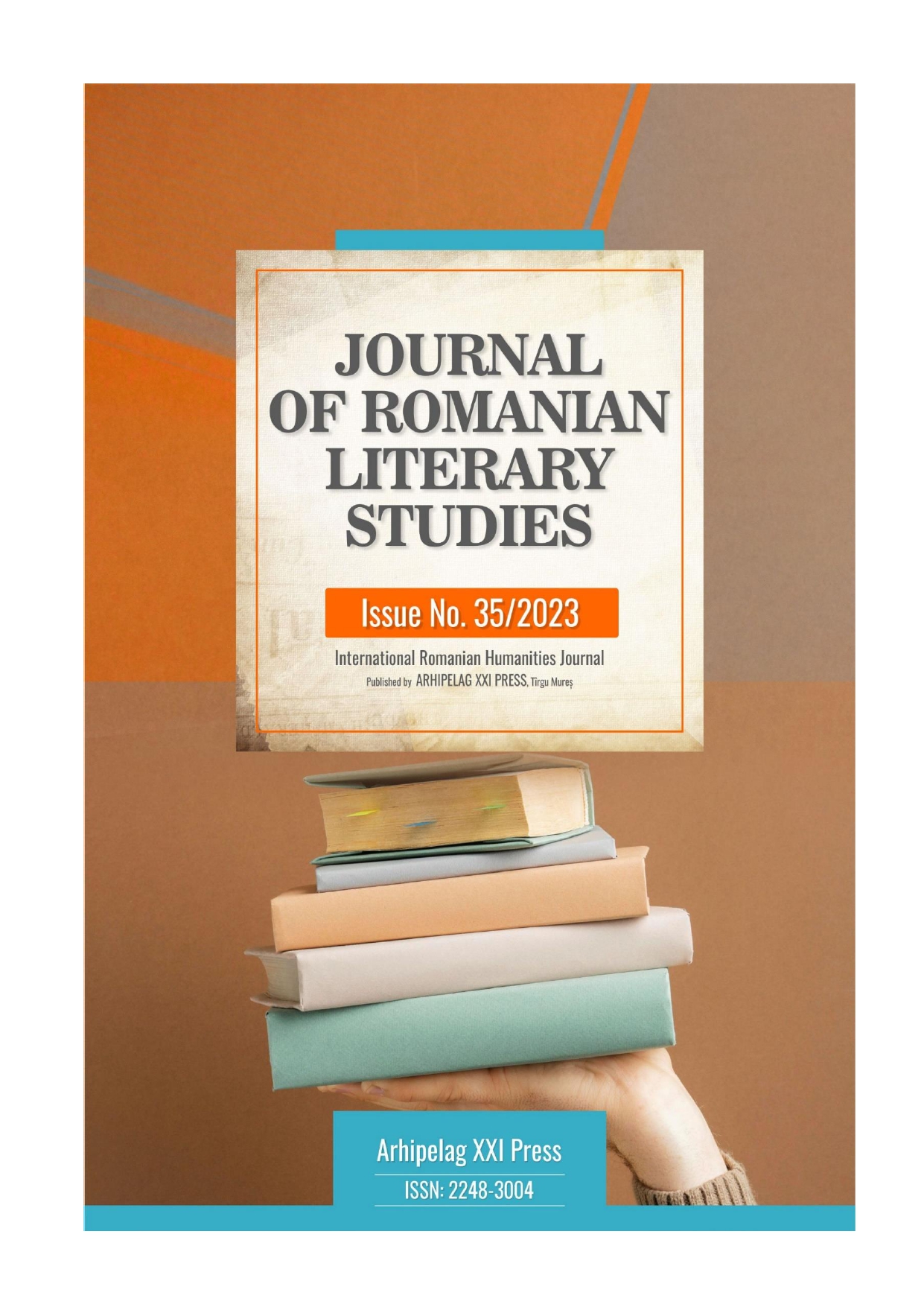RUSSIAN VERBS OF MOTION AND THEIR FIGURATIVE MEANING IN VARIOUS CONTEXTS OF SPECIALISED LEXICON
RUSSIAN VERBS OF MOTION AND THEIR FIGURATIVE MEANING IN VARIOUS CONTEXTS OF SPECIALISED LEXICON
Author(s): Marta-Teodora BobocSubject(s): Morphology, Lexis, Semantics, Descriptive linguistics, Stylistics
Published by: Editura Arhipelag XXI
Keywords: verbs of motion; general language; language for specific purposes; Russian grammar and terminology; prefixes meaning;
Summary/Abstract: Verbs of motion are one of the most difficult grammar issues for people who are learning Russian as a foreign language. Regardless of their status (be they university students or participants in an intensive course) and their interests (that is, getting a diploma in the field or the goal of fluently speaking Russian for travelling & work), people that wish to know and master Russian language for both general and specific purposes (with the latter also encompassing studying terminology) should learn this grammar aspect, namely verbs of motion. The main reason for such an approach to foreign language learning is that verbs of motion, as their name states, have to do with the idea of moving around and travelling, thus being one of the basic-knowledge notions and they are also used in specialised contexts, where more often than not their meaning as well as their translation changes. The given paper consists of a short theoretical part, where we discuss the types of verbs of motion, their structure (concerning unidirectional-pluridirectional pairs, imperfective and perfective aspect, verbs with or without prefixes) and an applied part, where we illustrate the aforementioned issues in practical examples, that we analyse contrastively in both Russian and Romanian languages.
Journal: Journal of Romanian Literary Studies
- Issue Year: 2023
- Issue No: 35
- Page Range: 340-348
- Page Count: 9
- Language: Romanian

